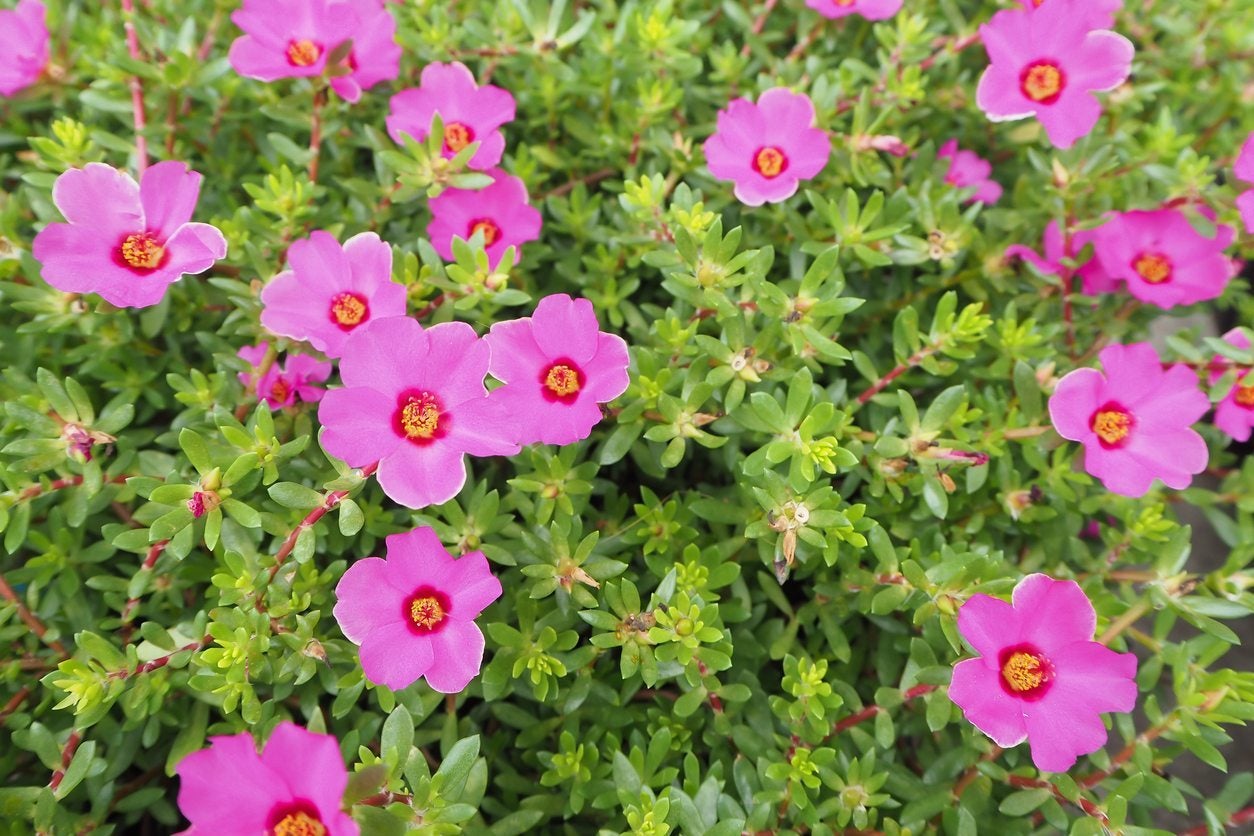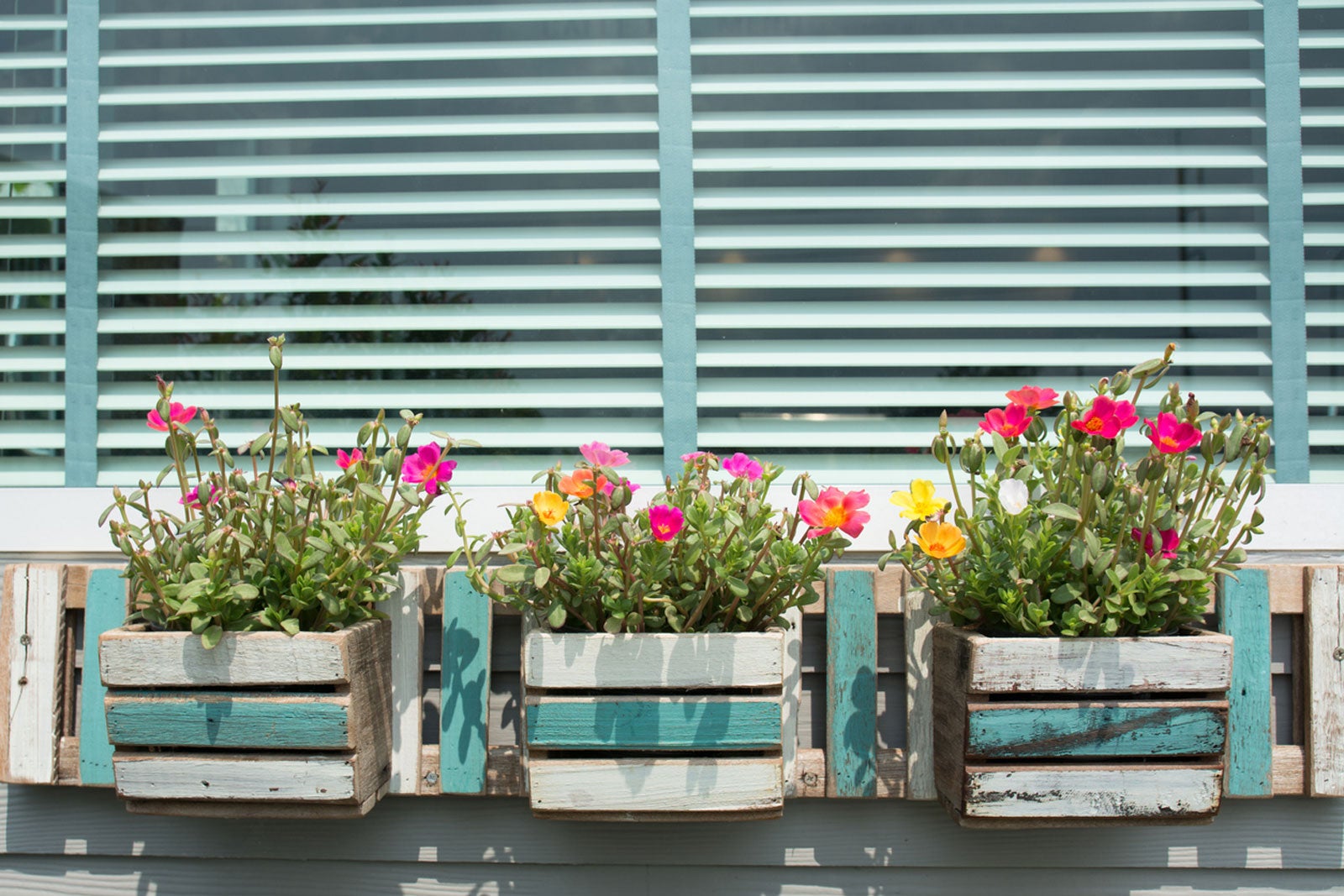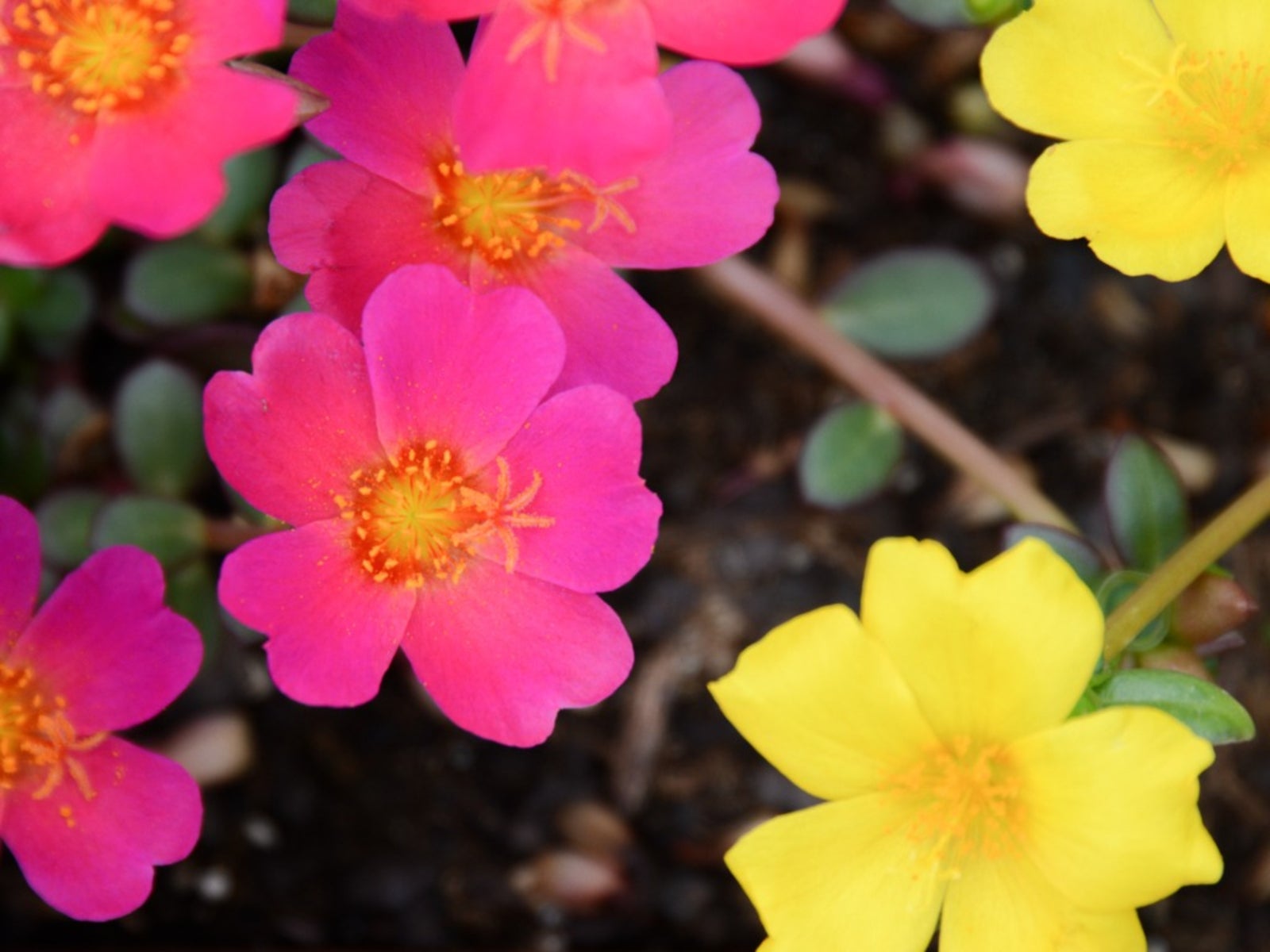No Flowers On Portulaca – Why Won’t My Moss Rose Flower


My moss rose plant doesn’t bloom! Why won’t my moss rose flower? What’s the problem when portulaca won’t bloom? Moss roses (Portulaca) are beautiful, vibrant plants, but when there are no flowers on portulaca, it can be disappointing and downright frustrating. Read on for possible reasons and solutions when there are no flowers on moss roses.
When Portulaca Won’t Bloom
When a moss rose plant doesn’t bloom, there may be problems with the growing conditions. Although portulaca is an amazingly low-maintenance plant that thrives on neglect, it still has certain requirements for healthy growth. Drainage: Moss roses prefer poor, dry, well-drained soil. If portulaca won’t bloom, it may be because the soil is too rich or too soggy. Although you can add sand or a small amount of compost to the soil, it may be easier to start over in a new location. (You can also plant moss roses in containers. Use a well-draining potting mix and be sure the pot has a drainage hole in the bottom.) Water: Although moss roses thrive in difficult conditions, they still benefit from a regular drink of water. As a general rule, one deep watering per week during hot, dry weather is sufficient. However, a little extra water won’t hurt if the soil drains freely. Sunlight: Moss roses thrive in intense heat and punishing sunlight. Too much shade may be to blame when there are no flowers on a moss rose. As a general rule, portulaca needs six to eight hours of sunlight per day. Maintenance: Deadheading may be impractical when moss roses are in full bloom, but removing old blooms is extremely effective for stimulating new blooms on a poorly blooming plant. Pests: Aphids are tiny pests that can wreak havoc when they attack a moss rose plant en masse. Unfortunately, spider mites, which love dry, dusty conditions, may be responsible when a moss rose plant doesn’t bloom. Mites are easy to spot by the fine webbing they leave on the foliage. Both pests are easy to treat with regular applications of insecticidal soap spray. Apply the spray in the morning or evening when temperatures are cool, and the sun isn’t directly on the plant.
Gardening tips, videos, info and more delivered right to your inbox!
Sign up for the Gardening Know How newsletter today and receive a free copy of our e-book "How to Grow Delicious Tomatoes".

A Credentialed Garden Writer, Mary H. Dyer was with Gardening Know How in the very beginning, publishing articles as early as 2007.
-
 Terrifically Tubular Flowers For Hummingbirds: 9 Tube-Flowered Plants To Attract Hummers
Terrifically Tubular Flowers For Hummingbirds: 9 Tube-Flowered Plants To Attract HummersGrowing tubular flowers for hummingbirds helps you create the optimum feeding conditions for your winged friends. Here are nine tubed delights for hummers
By Tonya Barnett
-
 How To Grow Hydroponic Tomatoes For Fresh Indoor Harvests – No Soil Required
How To Grow Hydroponic Tomatoes For Fresh Indoor Harvests – No Soil RequiredLearning how to grow tomatoes in water is easy and allows you to harvest fresh-home-grown produce in every season without any mess.
By Ellen Wells
-
 Potted Portulaca Care – Tips On Growing Portulaca In Containers
Potted Portulaca Care – Tips On Growing Portulaca In ContainersAnother easy to grow succulent, you can plant portulaca in containers and sometimes watch the foliage disappear. It doesn’t go away but is covered by prolific blooms so foliage is not visible. Learn more about growing portulaca plants in pots here.
By Becca Badgett
-
 Portulaca: Complete Plant Care And Growing Guide
Portulaca: Complete Plant Care And Growing GuideGrow a beautiful portulaca for a lovely, multi-colored cascade of summer flowers. Easy to grow and not at all fussy.
By Stan V. Griep